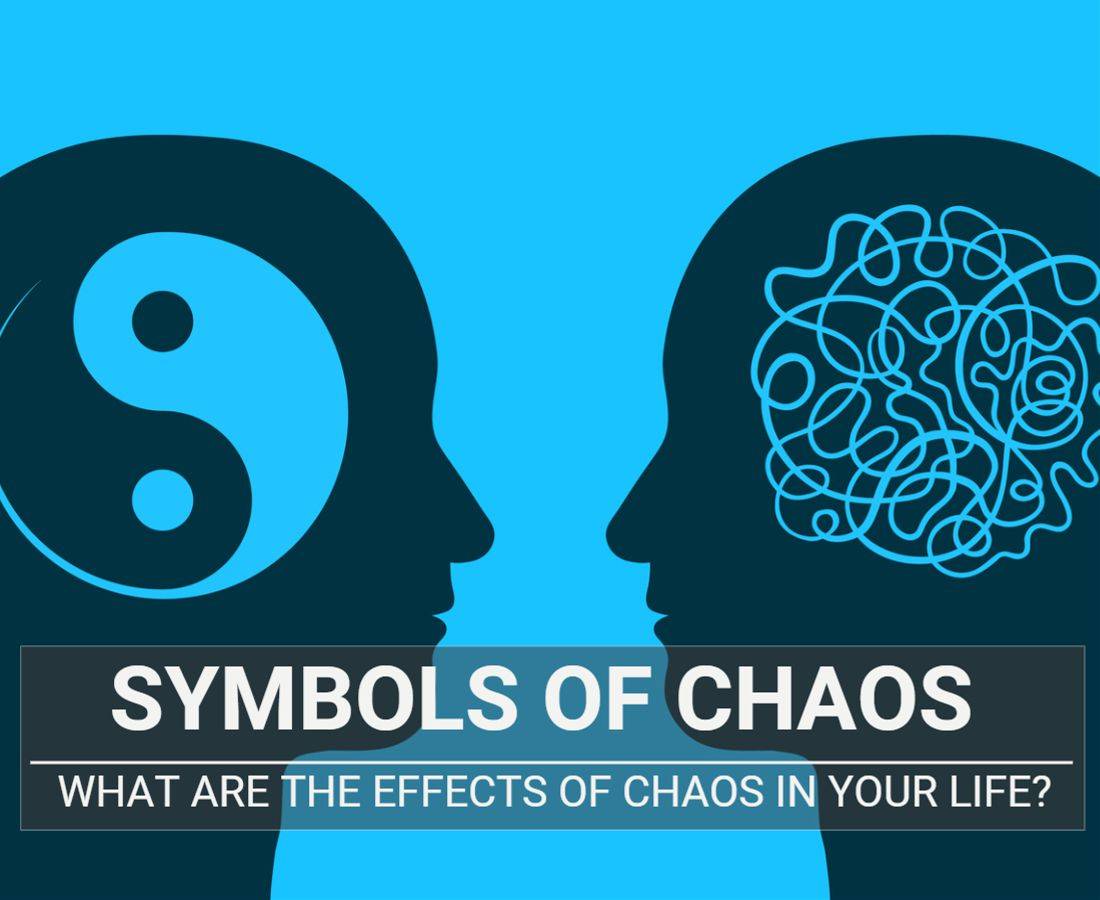Free-For-All: The Top Symbols of Chaos
Table of Contents
Defined as a state of disorder and confusion, chaos (organized or not) is often the cause of stress and anxiety for most. While many of us cringe at things going out of control, some feel that a bit of discord allows us to flourish and grow.
As the idea of perfection was considered the “enemy of the good” by Voltaire, one of the world’s most prolific writers, we broke down the top symbols of chaos to show why we should all embrace life’s little turmoil.
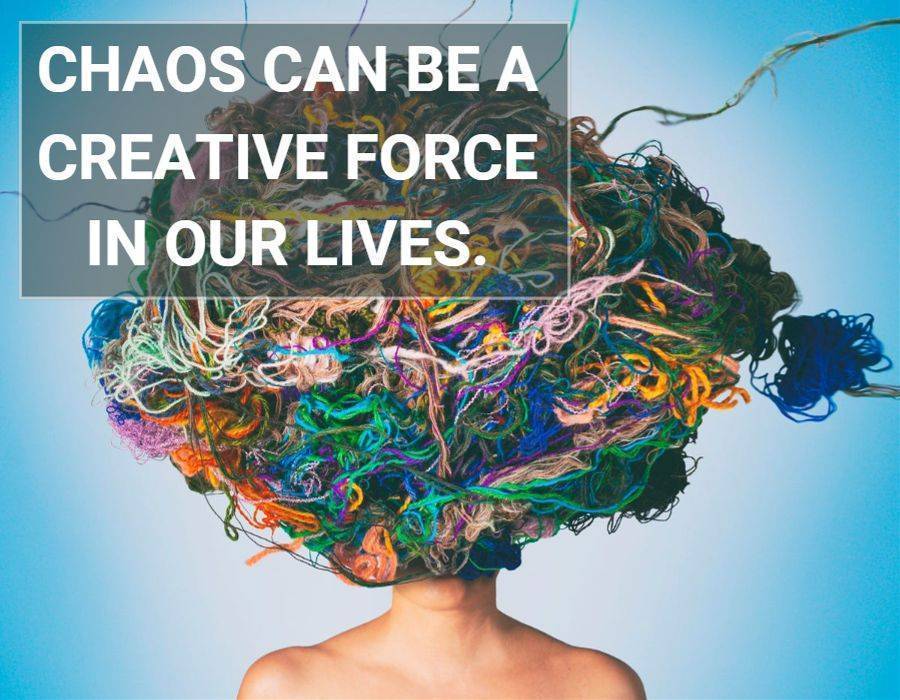
Key takeaways
- Chaos provides balance. As we all strive to achieve a stress-free life, adding a little chaos gives us the courage to face our challenges and stand out. The Trishula reminds us that equal doses of passive and active spirits make us well-rounded and complete.
- Chaos enhances our creativity. By opening our minds to different perspectives, the chaos
chakra enables us to keep our emotions in check, making us more productive. It allows new ideas to come in, paving the way for extraordinary things. - Chaos makes us more interesting. While a smooth-sailing life is what most people dream of, a dash of chaos makes it a little more fascinating. Like a zigzag road, chaos and unpredictability add flavor and excitement to our journey.
Chaos symbols help us stay open-minded and be more aware of our thoughts and feelings. They encourage us to accept chaos as a part of life and use it in our favor by taking advantage of its potential to open our minds to new possibilities.
With symbols of chaos, we realize that in order to find balance and peace, sometimes we need the comfort of chaos. This understanding can help us learn how to navigate through life’s unexpected surprises and ultimately promote growth and transformation.
“One must still have chaos in oneself to be able to give birth to a dancing star.”
– Friedrich Nietzsche
The chaos star
A fictional symbol with eight arrows pointing in different directions, the chaos star is perhaps the most famous symbol of enchantment and chaos. Equally-distant arrows emerge from a central point, radiating outward along varying routes to create a sense of bewilderment and disorientation.
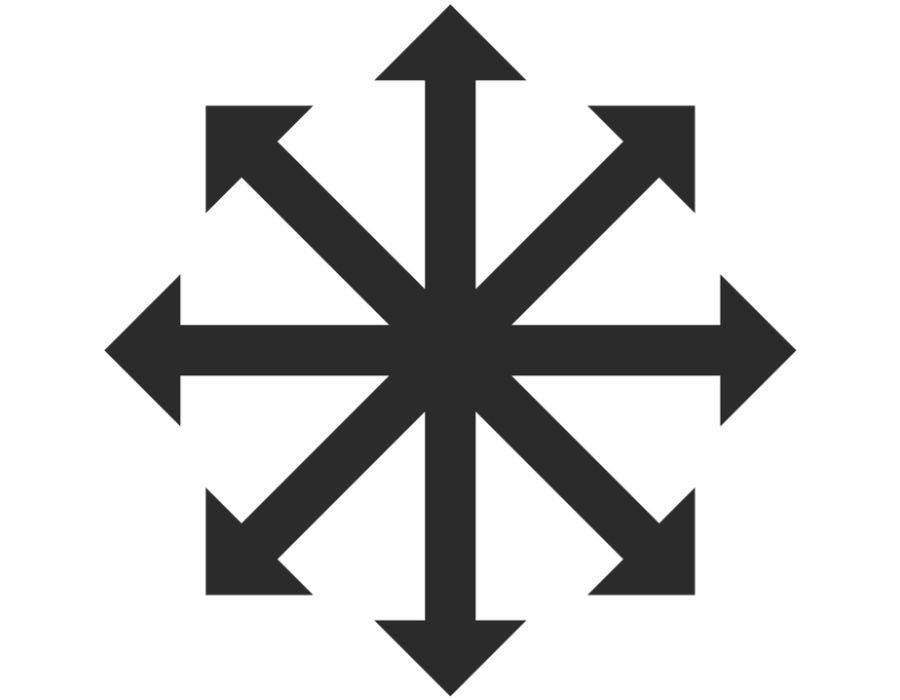
Inspired by the works of English writer Michael Moorcock, the chaos star urges us to use ideas and concepts that we deem beneficial, regardless if they go against our beliefs and morals. Widely recognized in many traditions, we listed some of the other names of the chaos star below.
- The Symbol of Eight
- The Chaosphere
- The Chaos Cross
- The Arms of Chaos
- The Arrows of Chaos
- The Star of Discord
Initially created to show how chaos offers infinite possibilities, numerous beliefs, and religious cultures later adopted the chaos star to represent a contemporary religious movement called chaos magick.
Given a slight revision by the group’s founding figures, it acquired a somewhat round shape and was then used as an image to renounce people’s norms. The group was bent on infusing magical practices rather than following traditional practices.
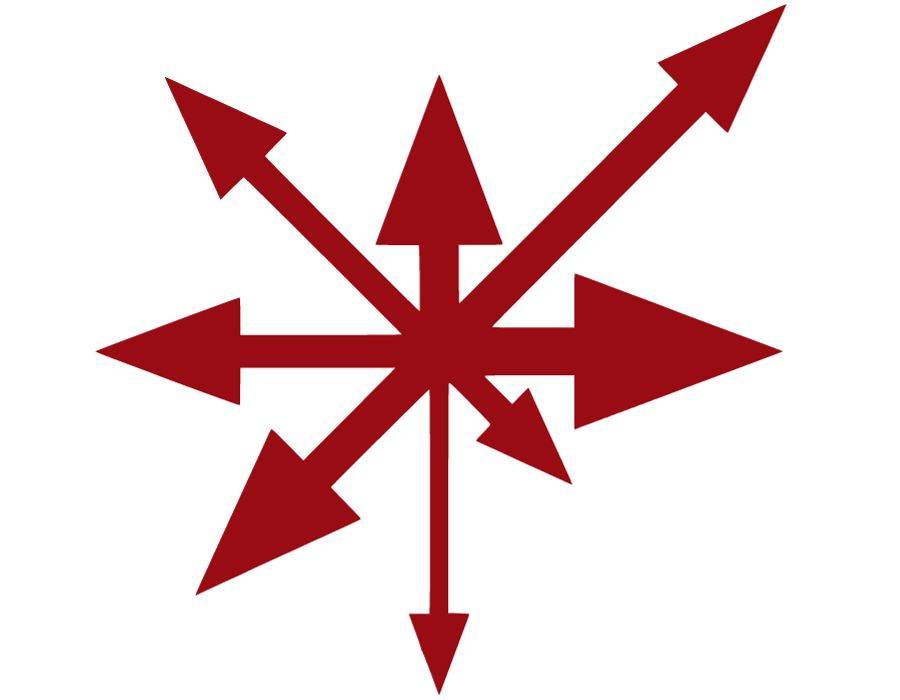
While the symbol of law shows a single arrow pointing straight upwards, the chaos star’s eight points indicate a lack of order or unpredictability and the idea of infinite possibilities.
Symbolically pointing at all the possible directions we can take, it urges us to welcome anxiety and stress, for they make life interesting and unique.
Rapidly gaining popularity, particularly in new age beliefs and religions, many view the chaos star as a tool for those who are lost to find their way back to the Divine.
While some see it as the symbol of evil, destruction, and absolute disorder, it tells us that a bit of disorganization does not hurt. It attracts others towards us and makes us stand out.
Considered by many a positive and all-inclusive symbol, the chaos star reminds us to be more open and tolerant to others. Apart from awakening our creativity, this often despised symbol challenges our existing beliefs and enables us to consider new ideas and fresh insights. It teaches us how to be mentally strong and helps us achieve personal growth.
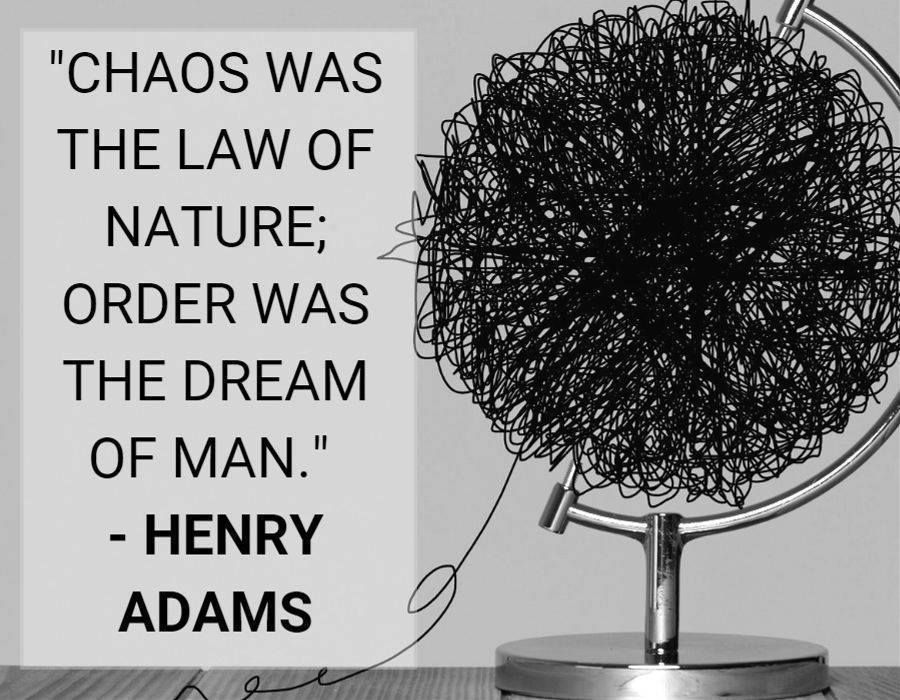
Greek Goddess Eris
Believed to have been at the heart of every disagreement in ancient Greece, it’s no surprise that Eris is widely known as the Goddess of Chaos. Scorned for her ability to cause rivalry among groups, she induces all forms of hatred and anger in even the calmest individual, which often results in chaos, death, and destruction.
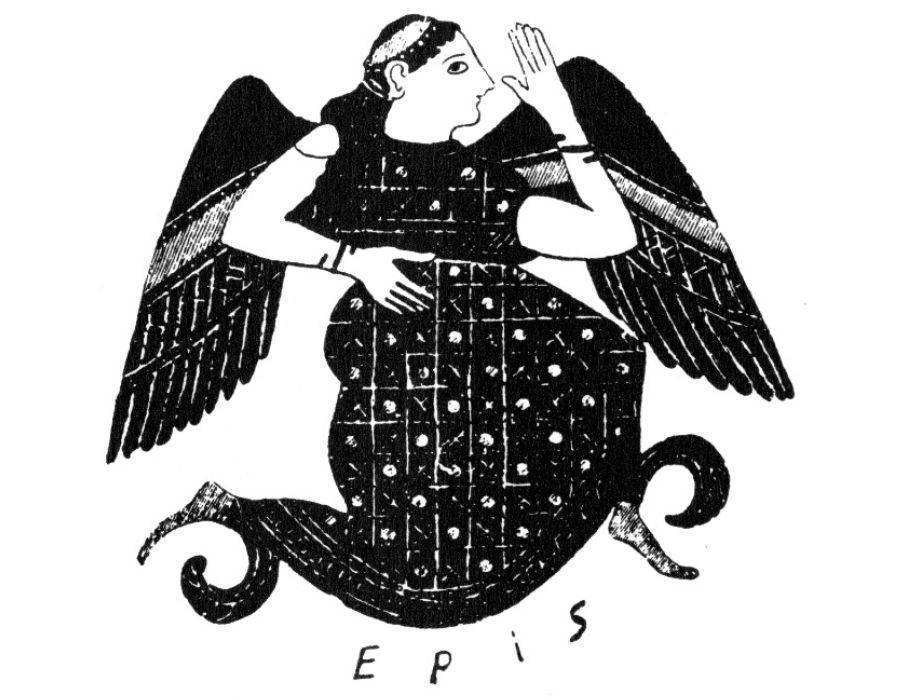
Known to delight in people’s unhappiness, Eris represented a long list of negative emotions that the ancient Greeks wished to avoid entirely.
Zigzag road
Often referring to a path that angles in left and right directions, the zigzag is held as a contemporary symbol of chaos. Its winding pattern indicates that you might be in a state of unpredictability and restlessness. While it may show signs that you are confused and are about to lose your path, it inspires you to deal with the chaos you feel from within and to stay focused on the direction you are moving in.
Tornadoes
Believed to form when cold air meets warm air, tornadoes are a chaotic mix of our thoughts, ideas, and logic. It is highly associated with the swirling together of beliefs that are not in balance.
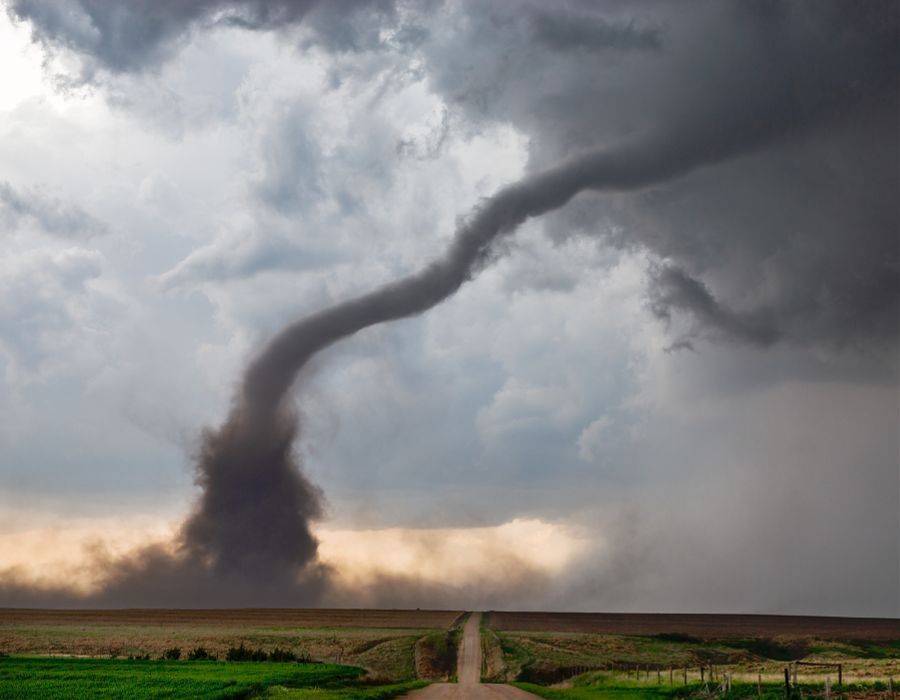
The tornado represents our conflicting opinions on a topic that we can uncontrollably spin around in our minds. It also often results in chaos and destruction in our lives.
The Trishula
A weapon often compared to the trident, the Trishula is a powerful symbol associated with Lord Shiva, the Hindu god of destruction. Its three prongs represent the three fundamental aspects of life, namely, the Ida (passive), Pingala (active), and Sushumna (balance).
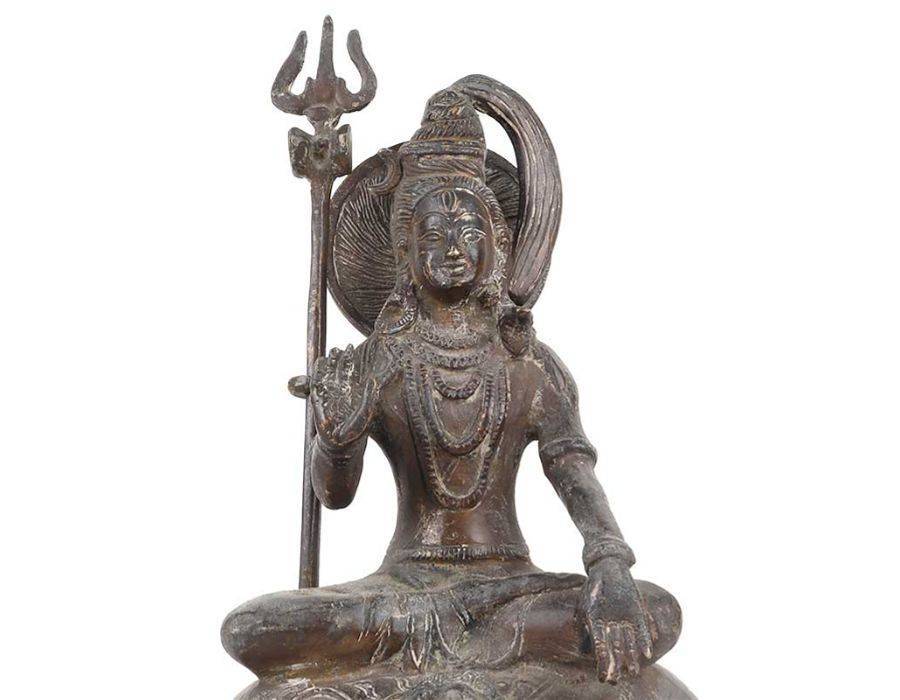
Many believe that learning to master our Ida and Pingala enables us to endure the chaos in our lives and helps us attain Sushumna. This ultimately leads to enlightenment and allows us to gain high levels of spiritual knowledge.
“Chaos is inherent in all compounded things. Strive on with diligence.”
– Buddha
Messy room
While having a messy room is not uncommon, it often speaks of more profound symbolism. Usually a representation of irregular life, it indicates our daily fears and struggles. A messy room carries a sign that we find it difficult to realize most of our aspirations.
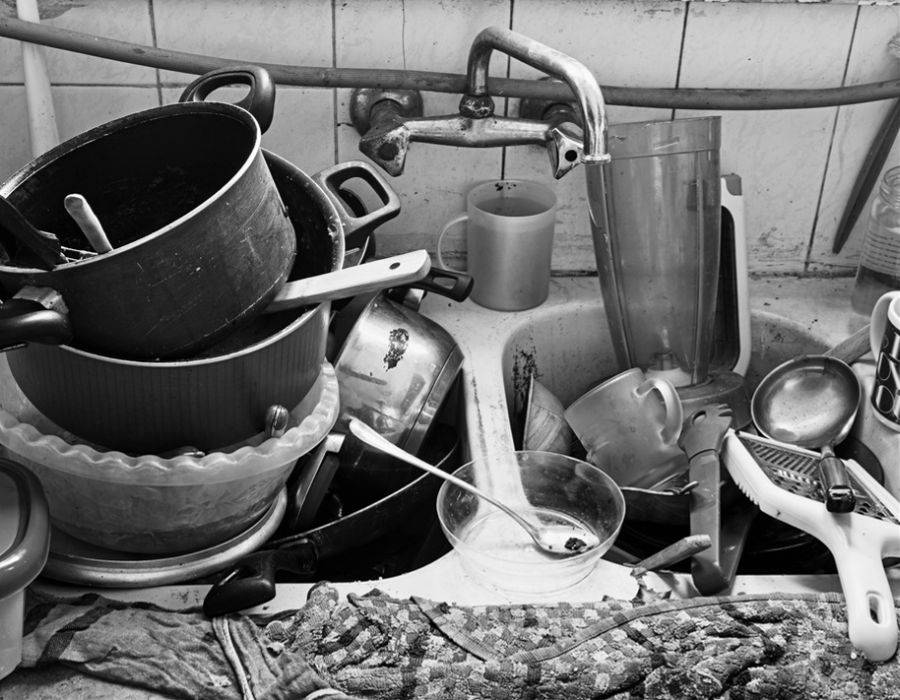
Although it may serve as an encouragement to face the challenges of developing our hidden potential, it reminds us of the areas in our lives that need attention. It asks us to eliminate the chaos in our lives.
Doodle
Whether it is a bunch of wavy lines, unique patterns, or artistic home masterpieces, doodling is something most of us do when stressed. Though often seen as a sign of guilt, unhappiness, or lack of self-confidence, many use this creative expression to achieve personal and spiritual calmness. While it may often look chaotic, the varying shapes and objects show that we can find harmony even in diversity.
The chaos chakra
Representing our deep connection with the universe, many trust the chaos
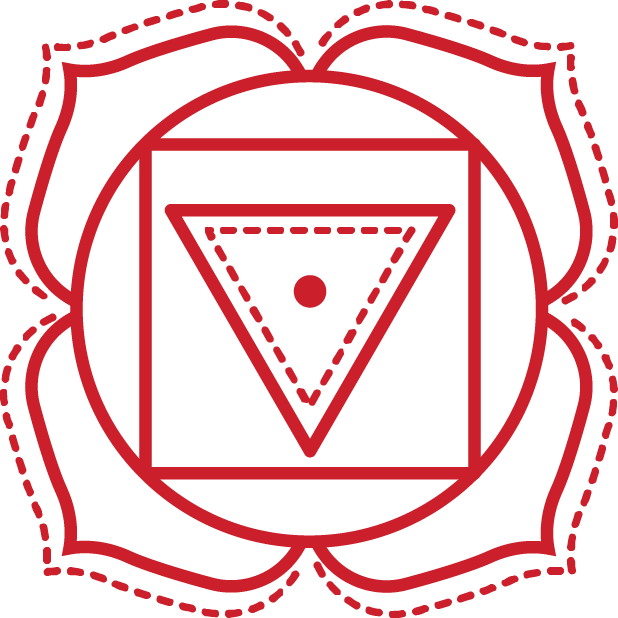
Said to be located at the bottom of the spine, the chaos
Tangled and untangled lines
Often used as symbols of chaos, tangled and untangled lines represent the two conflicting concepts of order and disorder. When our lives are in disarray, it is easy to feel overwhelmed by all the complications that come with it. However, when we take the time to unravel our mess, we discover unexpected beauty and clarity in the process.
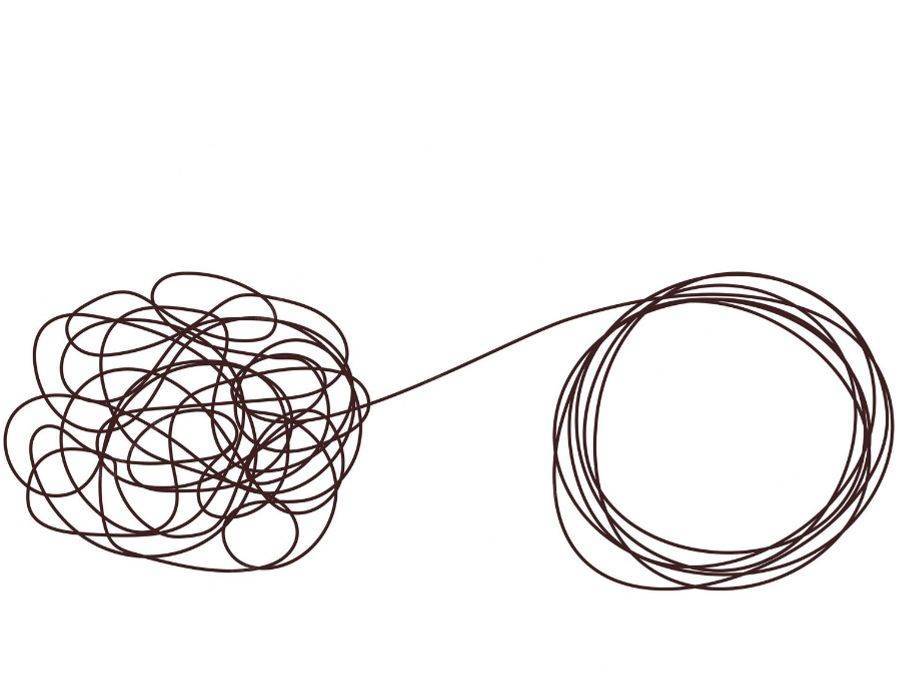
The tangled lines remind us to stay strong and take the time for healing, while untangled lines signify the need for order and discipline.
Lorenz attractor
Designed by Edward Lorenz during the 1960s, this strange mathematical shape known as part of the chaos theory is a spiral that describes how a small change in one state can cause huge differences in another.
The Lorenz attractor illustrates how tiny changes that occur unpredictably over time can lead to chaotic situations and unpredictable outcomes. It is a sign that suggests embracing chaos and learning to accept the uncertainty of life.
Double pendulum
The double pendulum also known as a chaos pendulum is a pendulum with another pendulum attached to it. The chaotic motion of a double pendulum is controlled by a set of connected ordinary differential equations.
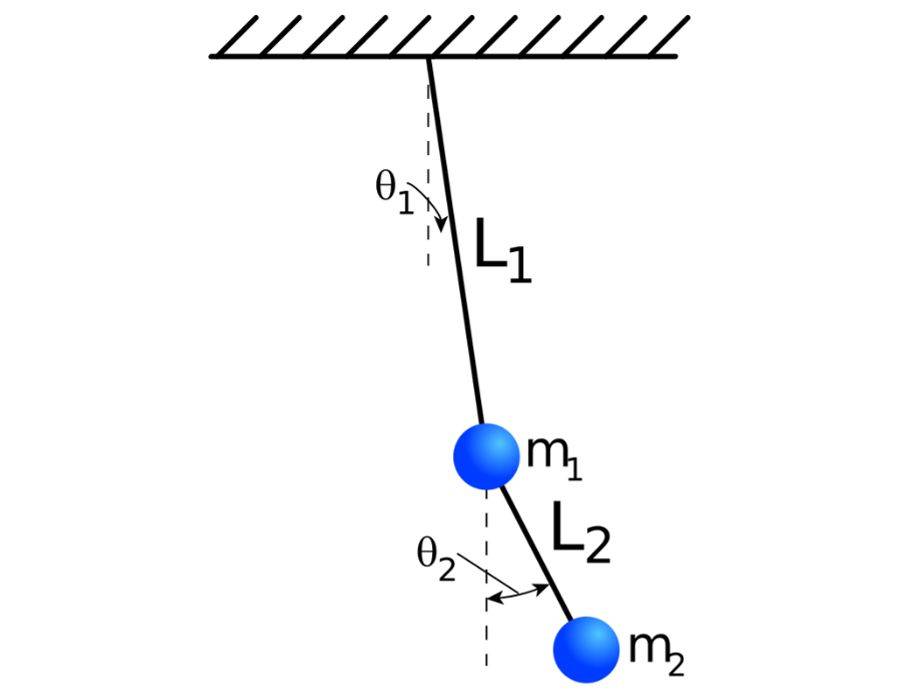
It illustrates the chaos that can arise from small and simple changes in a system. The pendulum is an example of how randomness and complexity can be found even in the most basic systems. It suggests that we should accept and embrace the unpredictable nature of life and learn to adapt to its ever-changing challenges.
See an animation of the chaos pendulum below.
Complex (eco)systems
From the rainforest to coral reefs, complex ecosystems are comprised of a range of components that work together in harmony. This chaotic network can sometimes change rapidly, meaning it needs to be constantly monitored and adapted to.
Nature is a great reminder that chaos can bring with it both destruction and renewal, and ultimately foster new life. It also implies that despite the chaos we experience in our lives, there is still hope for us to find order and stability.
Economic models
The complex models of our economy often represent the chaotic nature of global markets, with their unpredictable and ever-changing dynamics. It symbolizes that even in chaos, there is a possibility for stability, as economic models attempt to establish order and predict future outcomes.
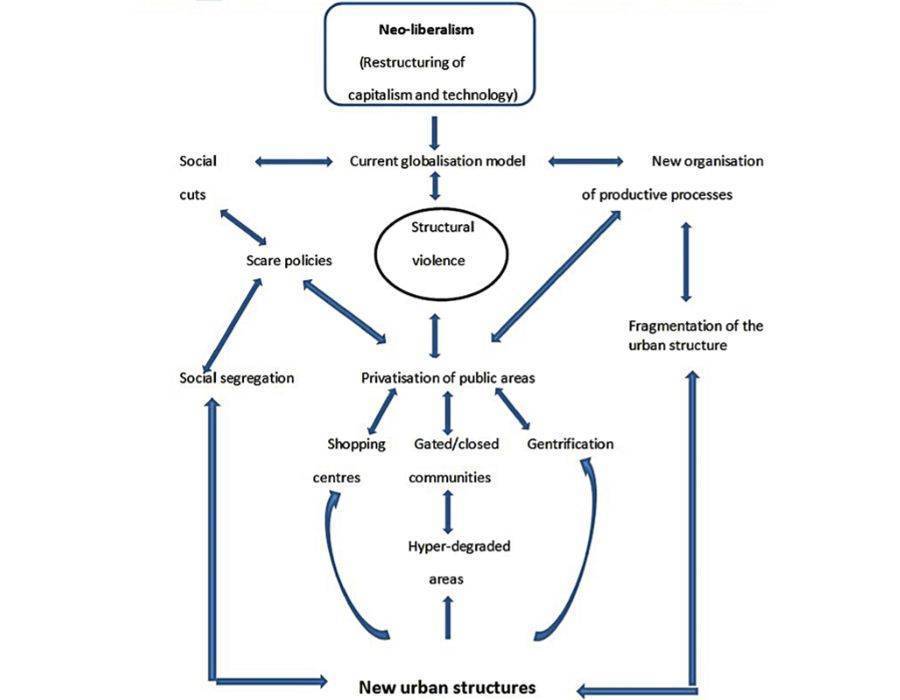
Economic models also encourage us to remember that while we may sometimes feel like we are running out of control, there is still a chance for us to find balance and stability.
Creative chaos
Creative chaos is a concept that states that in order to create something new, sometimes we have to accept the chaos of life and embrace uncertainty. It suggests that by accepting change and unpredictability, we can find inspiration and create something unique.
Creative chaos serves as a reminder for us to take risks, push boundaries and innovate even when it seems like everything is in disarray.
Conclusion
These symbols of chaos all have their own powerful meaning and remind us that chaos can be a creative force in our lives. Embrace change and learning how to cope with the unexpected are all lessons we can take away from symbols of chaos.
They encourage us to stay focused, flexible, and adaptable no matter what life throws at us. With these symbols as our guide, we can accept chaos and shape it into something positive.
FAQ
What animals represent chaos?
Many animals have a close connection with chaos, including snakes and dragons, which often signify transformation and change. Other creatures associated with chaotic energy include wild horses, thunderbirds, and fire-breathing dragons.
What is the wheel of chaos or arms of chaos?
The wheel of chaos is a symbol that illustrates the chaotic nature of life and how unpredictability can lead to change and new opportunities. Both symbols are the same as the chaos star, see above. It suggests that we should accept the uncertainty of life and learn to adapt to its ever-changing challenges.
Is the chaos symbol evil?
No, the chaos symbol is not inherently evil. It can represent both positive and negative aspects of life, depending on how it is interpreted. Generally speaking, it symbolizes the unpredictability and complexity of life and suggests that we should accept the chaotic nature of life in order to find balance and stability.
What does chaos mean?
Chaos can mean different things in different contexts. Generally speaking, it refers to a state of disorder and unpredictability, often with the implication that chaos leads to creating new opportunities and possibilities. It is also closely related to the concept of randomness.
What is chaotic energy?
Chaotic energy is a term that refers to the unpredictable nature of life and the idea that change is constant and unavoidable. It suggests that, in order to embrace new possibilities, we must be open to the chaos of life and accept uncertainty as part of our journey.
What is a chaotic system?
A chaotic system is a type of complex system where small differences in initial conditions can lead to dramatically different outcomes. In other words, even very minor changes can have a huge effect on the future of the system, making it unpredictable and chaotic. Examples of chaotic systems include weather patterns, stock markets, and ecosystems.
What is the Chaosphere?
The Chaosphere is basically the chaos symbol that derives from chaos theory, representing dynamic systems and complex structures. It has been used to represent the interconnectedness of the universe, and how chaos can be orderly when viewed from a higher perspective.
